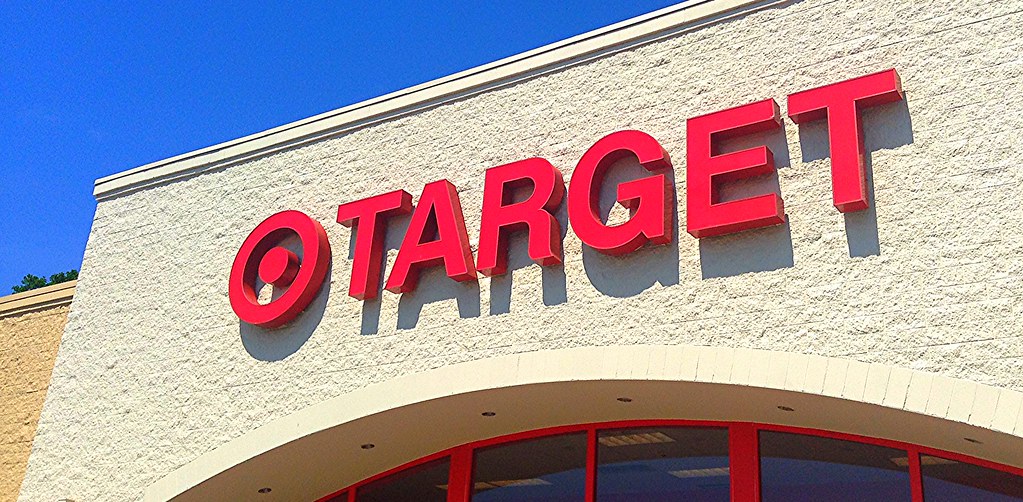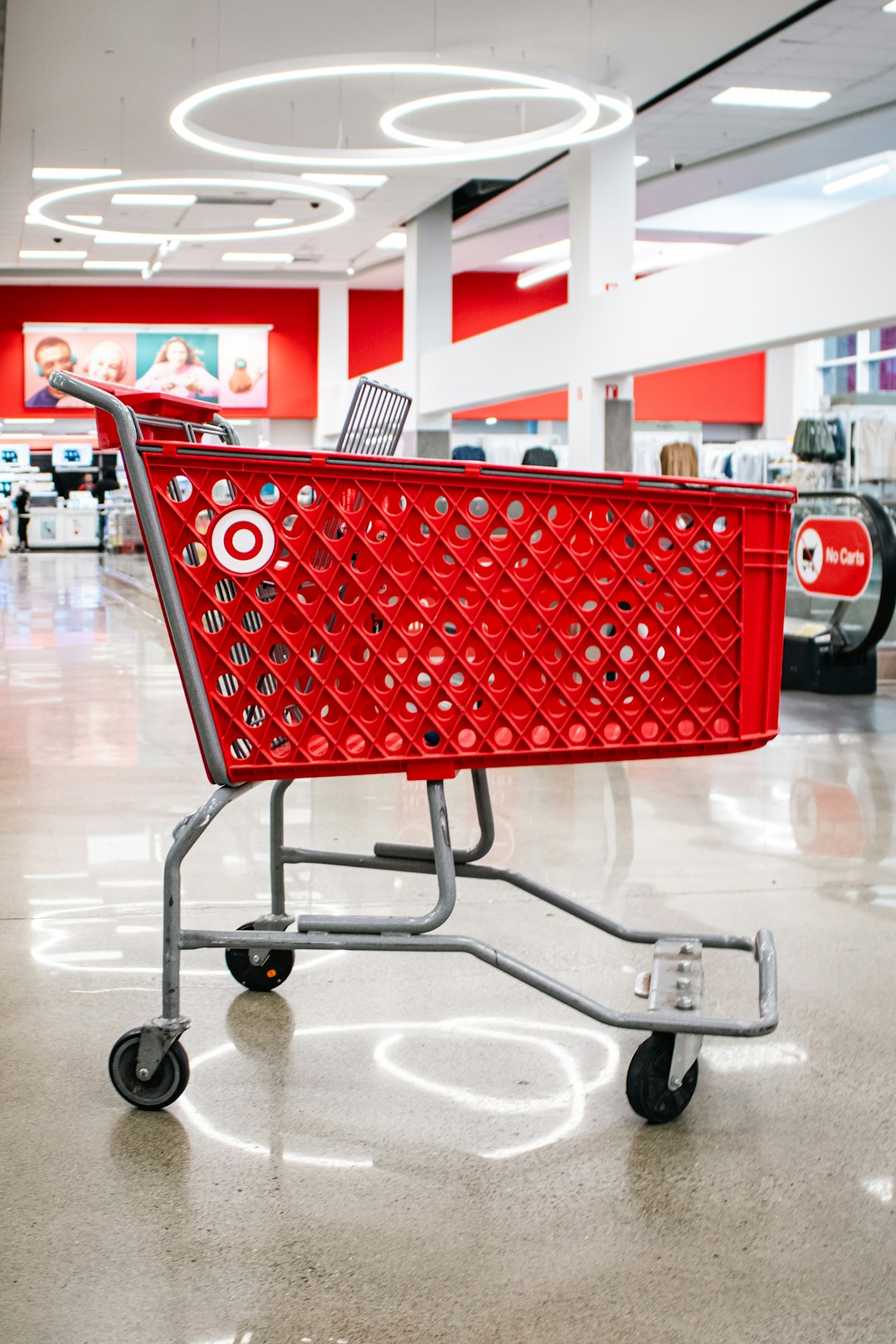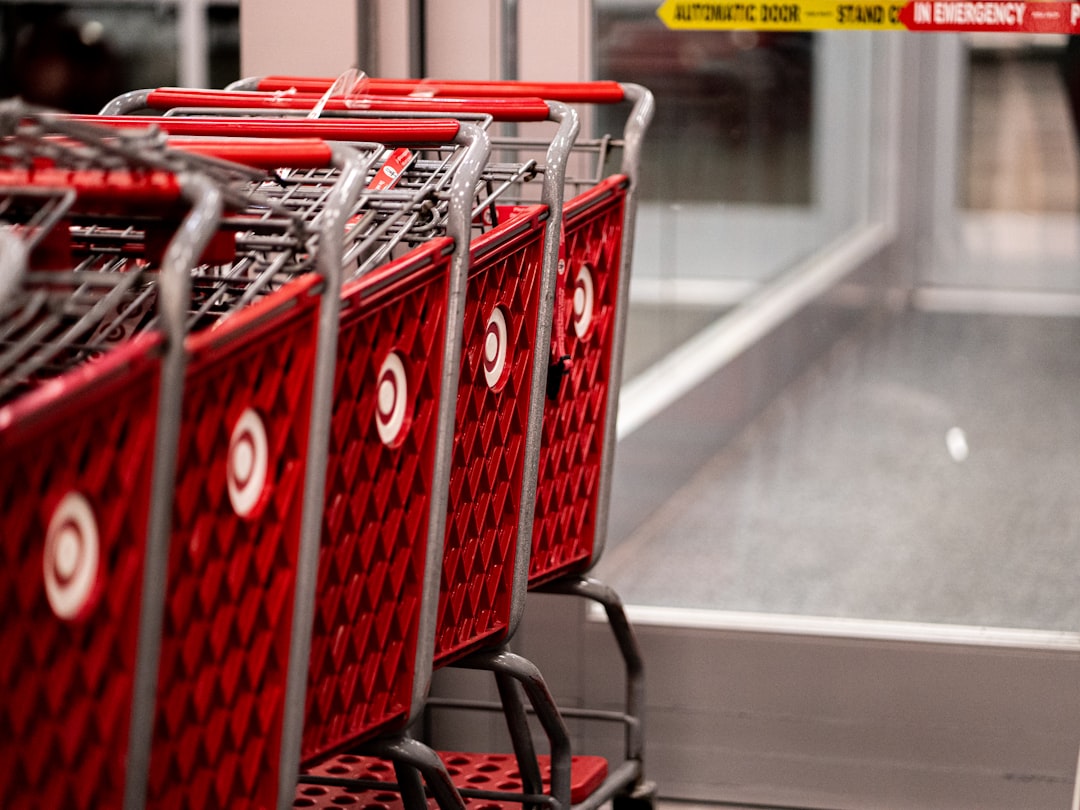Target’s New 10–4 Employee Rule: Why It’s Splitting Shopper Opinions
Target’s latest customer service initiative is creating quite a stir among shoppers and employees alike. The retail giant has rolled out a new policy that requires staff to actively engage with customers through specific greeting protocols, marking a significant shift in how the company approaches in-store interactions.
The timing couldn’t be more strategic, as Target implements this change right before the holiday shopping season when customer satisfaction can make or break a retailer’s annual performance. Let’s explore what this new rule entails and why it’s generating such polarized reactions.
Holiday Cheer as Strategy

Target is aiming to boost both sales and customer experience this holiday season. Beyond discounts and seasonal promotions, the company is placing renewed emphasis on friendliness, hoping upbeat interactions will strengthen customer loyalty during the busiest shopping period of the year.
The move represents a calculated bet that personal connection can drive revenue in ways that traditional marketing cannot. Target’s leadership believes that warm, genuine interactions create lasting impressions that extend far beyond a single shopping trip.
How the 10–4 Rule Works

The retailer unveiled a new guest engagement rule known as the “10–4” policy. Employees must smile, wave, and show positive body language when a customer is within 10 feet, and offer a verbal greeting when within 4 feet. Target says the goal is to create a more welcoming in-store environment.
This structured approach removes guesswork from customer interactions. Staff members now have clear guidelines about when and how to engage with shoppers, creating consistency across all Target locations nationwide.
Target’s Reasoning Behind the Change

According to chief stores officer Adrienne Costanzo, the company is refining its customer service model to increase meaningful connections. She emphasized that this personal engagement matters most during the holidays, a time when stores see peak foot traffic and heightened shopper expectations.
The strategy reflects Target’s understanding that holiday shopping often carries emotional weight for customers. People are searching for gifts that will bring joy to loved ones, making their shopping experience more significant than routine purchases.
Mixed Reactions From Customers

Not everyone is thrilled with the change. Some shoppers argue they prefer to shop quickly and anonymously without extra interaction. Others question whether these mandated greetings feel genuine or simply add pressure to employees already navigating a fast-paced retail environment.
The divide seems to fall along different shopping preferences and personality types. Introverted customers particularly express concern about forced interactions, while others worry about the authenticity of scripted friendliness.
Context in the Retail Landscape

Customer greeting traditions aren’t new – Walmart has long been known for its greeters, and industries like hospitality and banking follow similar practices. Still, the renewed focus comes as shoppers increasingly rely on self-checkout, which reduces human interaction. One 2024 study even found traditional checkout lanes can enhance customer loyalty.
The retail environment has shifted dramatically over the past decade, with many stores reducing staff to cut costs. Target’s decision to emphasize human connection runs counter to this trend, suggesting the company sees competitive advantage in personal service.




